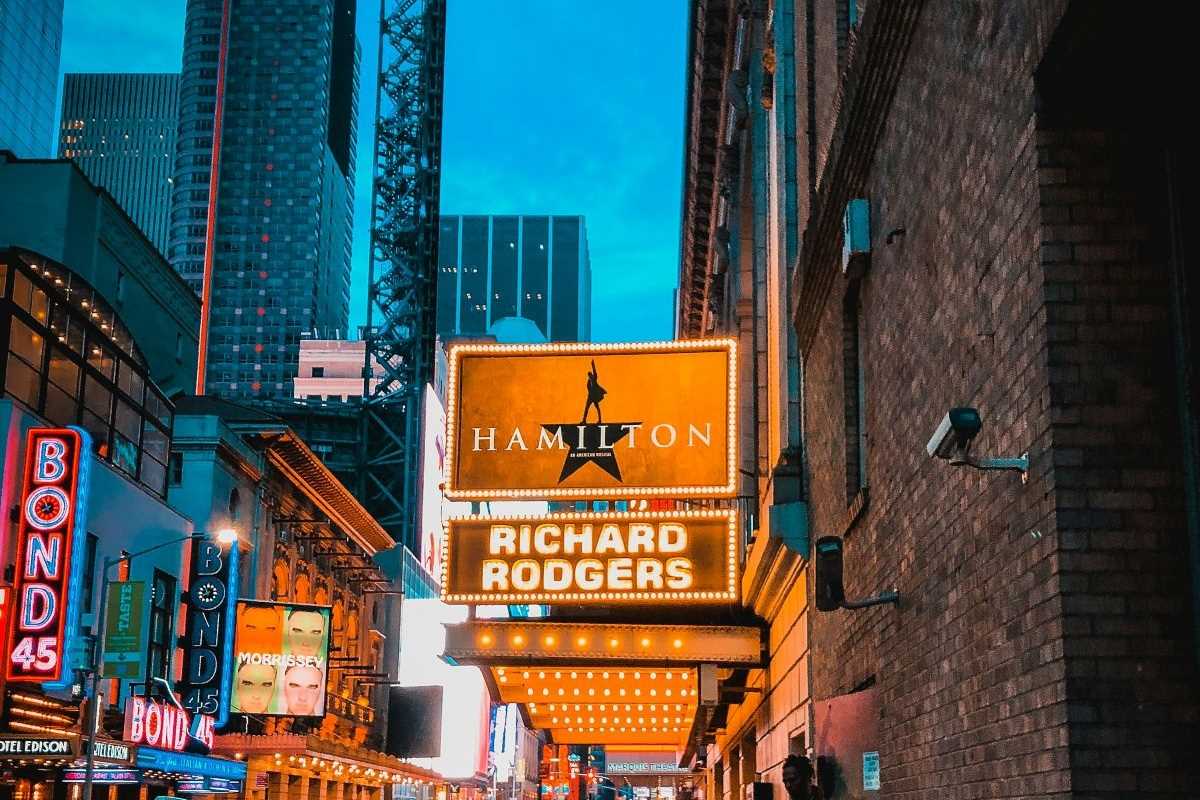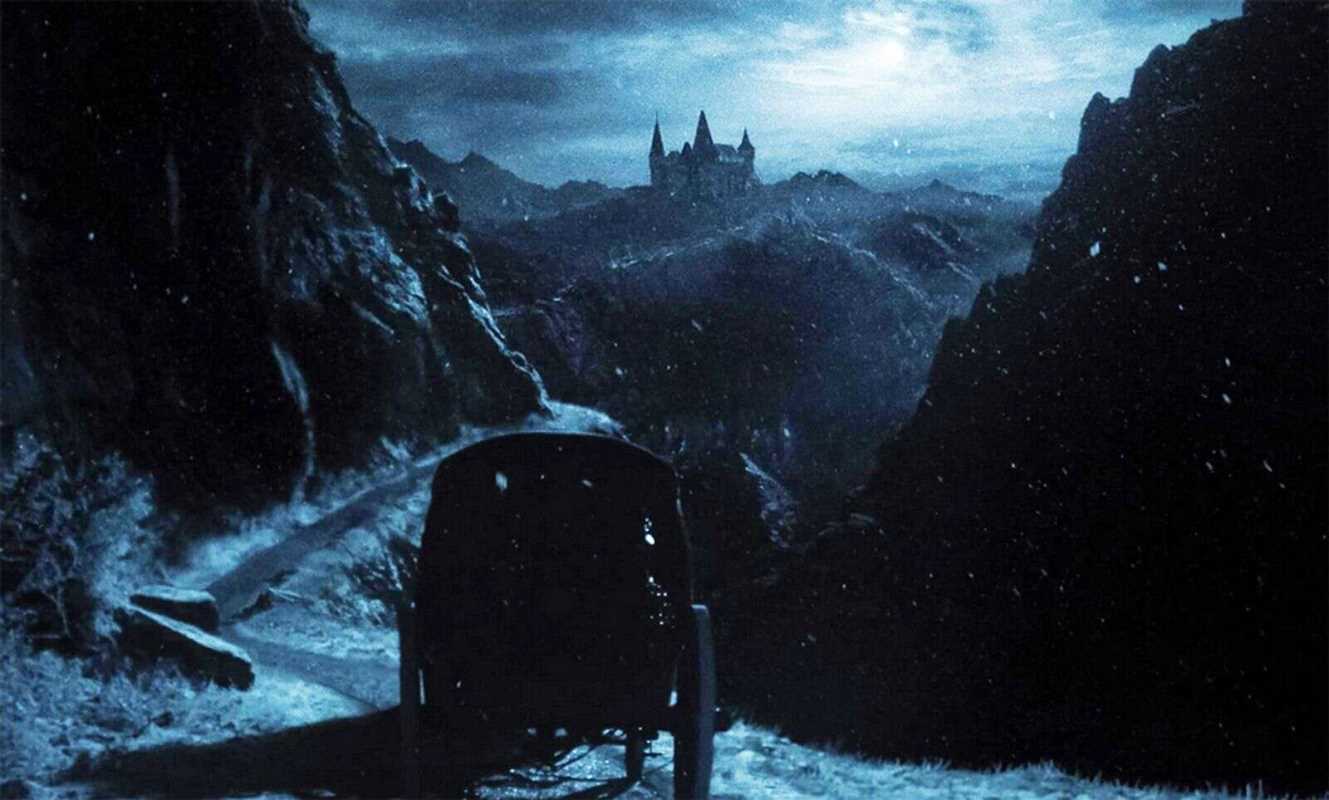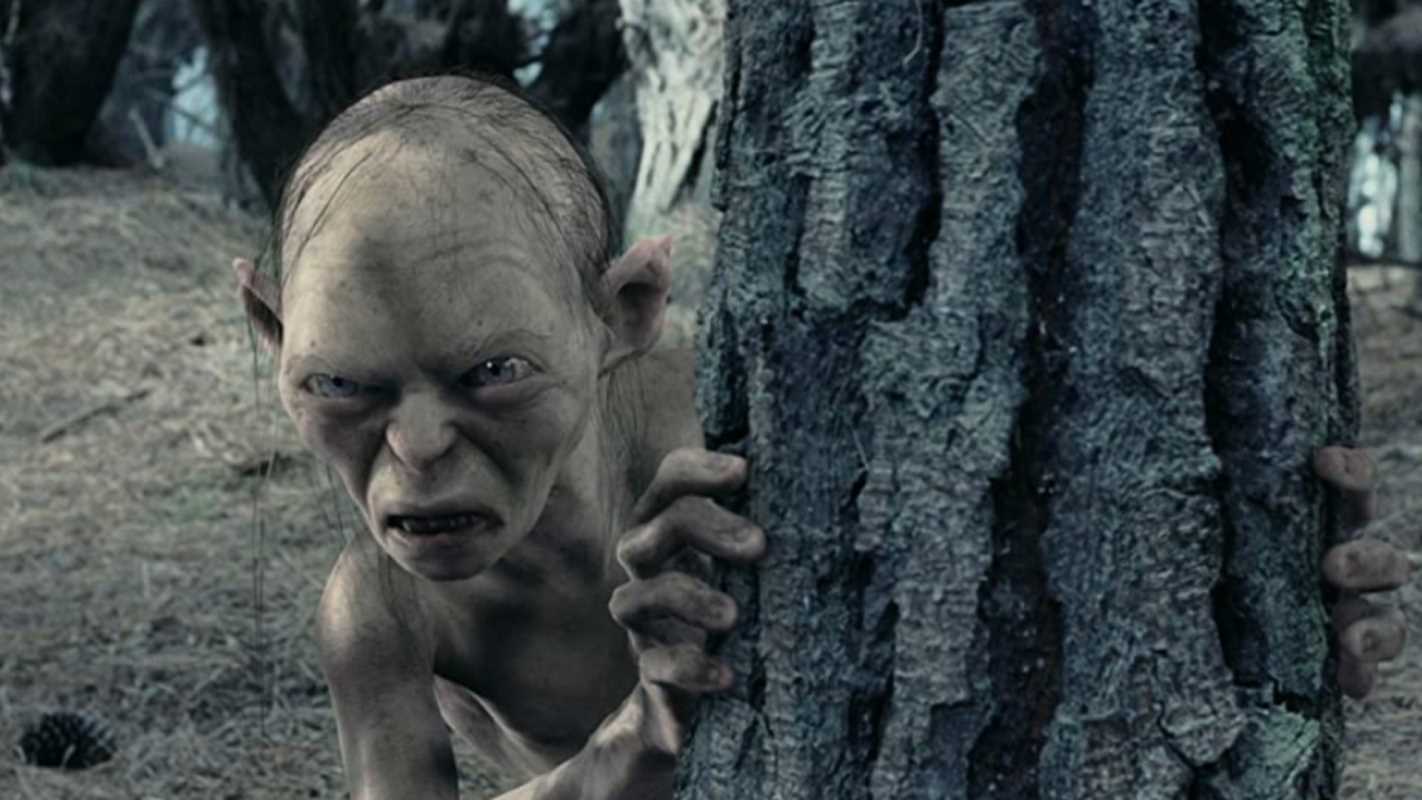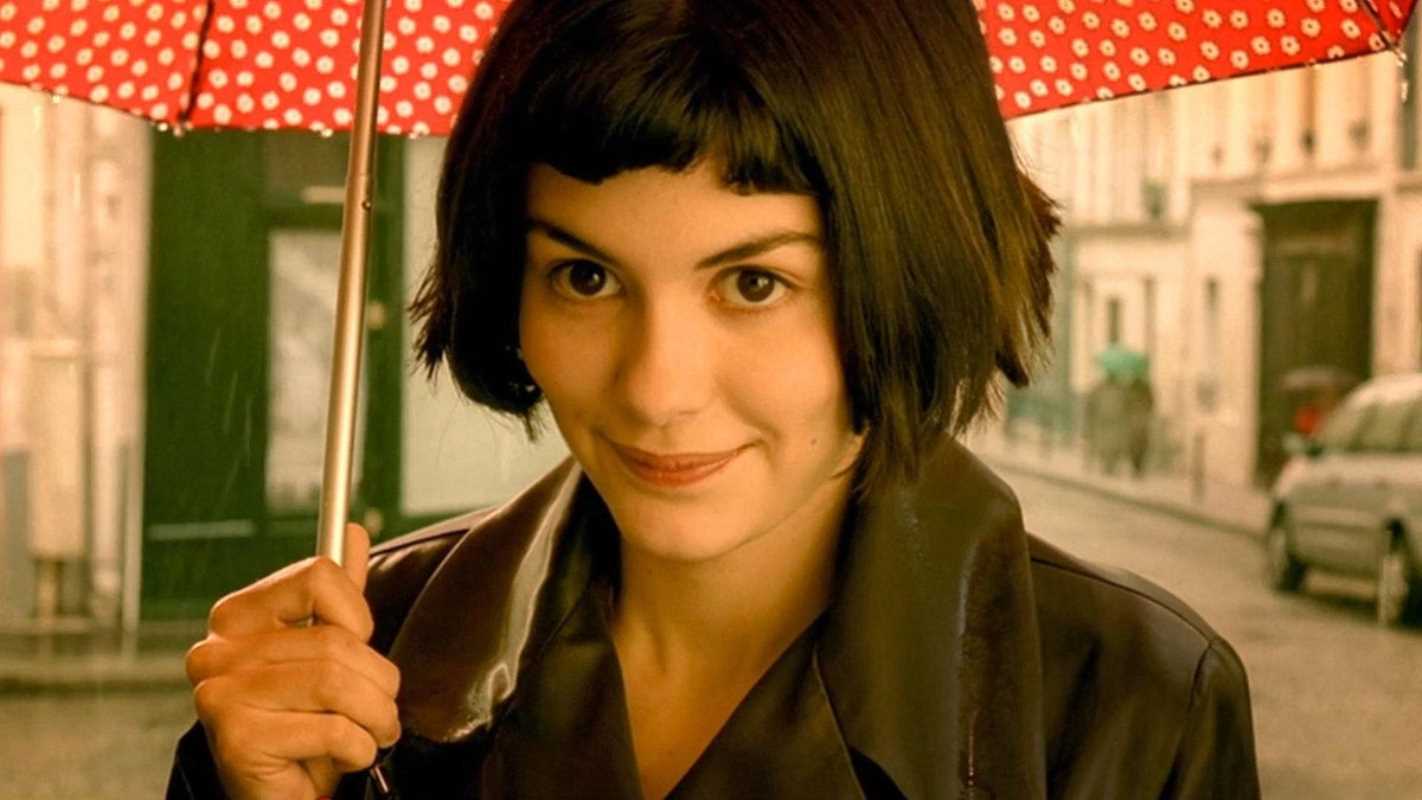In the execution of premier live entertainment, lighting design functions as a critical, albeit often subliminal, narrative instrument. Its purpose extends far beyond mere visibility; it is a sophisticated mechanism for sculpting audience perception, directing focus, and amplifying the emotional and thematic content of a performance. For both comedy and live music, the strategic application of light is fundamental to the construction of a cohesive and impactful experience. This analysis will examine the specific lighting techniques that elevate storytelling in these formats and the collaborative process required to achieve such synthesis.
The Foundational Principles of Lighting as a Narrative Device
The core function of lighting design in a live context is to control and direct the audience's attention. A performer's connection with their audience is paramount, and lighting serves as the primary visual conduit for that relationship. Effective design operates on several psychological principles. Brightness and focus naturally draw the eye, establishing a clear visual hierarchy on stage. Color theory is employed to evoke specific emotional responses; warm tones often connote intimacy and comfort, while cool tones can suggest isolation or melancholy. The pacing and rhythm of lighting changes—from slow, deliberate fades to rapid, percussive strobes—are synchronized with the performance to reinforce its internal cadence. The successful lighting designer operates as a silent collaborator, using a vocabulary of light to underscore and enhance the story being told.
Lighting in Stand-Up Comedy: The Art of Focus and Timing
In stand-up comedy, the primary narrative vehicle is the performer. The lighting must support this singular focus without distraction. The most fundamental technique is the use of a tight, precisely focused spotlight. This creates a stark contrast between the comedian and the surrounding darkness, compelling the audience to concentrate entirely on their physical and facial expressions. This intense focus is crucial, as much of comedic timing is conveyed through subtle gestures, a raised eyebrow, or a deliberate pause.
Beyond simple isolation, lighting can be used to punctuate comedic moments. A sharp "snap" to a blackout at the end of a particularly impactful punchline can serve as a form of visual punctuation, amplifying the audience's laughter and providing a clean end to a bit. Conversely, a slow, subtle fade-up can be used to introduce a more personal or story-driven segment, signaling a shift in tone from rapid-fire jokes to a more intimate narrative. Color is used sparingly but with purpose. A shift to a warmer, softer wash of light can create a feeling of conversational ease, drawing the audience into a story as if they were in a living room with the performer. The collaboration between a comedian and their lighting designer is one of precision, ensuring that every lighting cue is perfectly timed to enhance, and never detract from, the comedic delivery.
Lighting in Live Music: Architecting Dynamic Atmospheres
For live music performances, lighting design assumes a more complex and dynamic role, tasked with translating auditory information into a compelling visual experience. The goal is to create an atmosphere that mirrors the emotional arc of the music. This is achieved through a diverse palette of techniques tailored to the genre and energy of the performance.
Color Transitions for Emotional Resonance: The use of color is central to mood creation in concerts. A slow ballad may be accompanied by deep blues and purples, creating a contemplative and intimate environment. As the song builds to a crescendo, the colors can transition into warmer reds and oranges, reflecting the rising emotional intensity. For high-energy pop or rock anthems, vibrant and saturated color combinations—pinks, electric blues, and greens—are used to create a sense of excitement and celebration. These transitions are not random; they are meticulously programmed to align with the song's structure, shifting with verses, choruses, and instrumental breaks.
Rhythmic Effects for Energy and Impact: To match the tempo and rhythm of the music, lighting designers employ dynamic effects. Strobe lights are used for moments of peak energy, their rapid-fire flashes creating a sense of exhilarating chaos that synchronizes with fast-paced electronic or rock music. Chases, where beams of light move in sequence across the stage, can be timed to the beat of the music, creating a visual rhythm that encourages audience movement. The use of atmospheric effects like haze or fog is also critical, as it allows beams of light to become three-dimensional, sculpting the air and adding depth and texture to the stage.
The collaboration between musicians and lighting designers is deeply symbiotic. Designers study the setlist, song structures, and lyrical themes to develop a visual narrative that complements the musical one. The result is a multi-sensory experience where the lighting does not simply accompany the music but becomes an integral part of its expression.
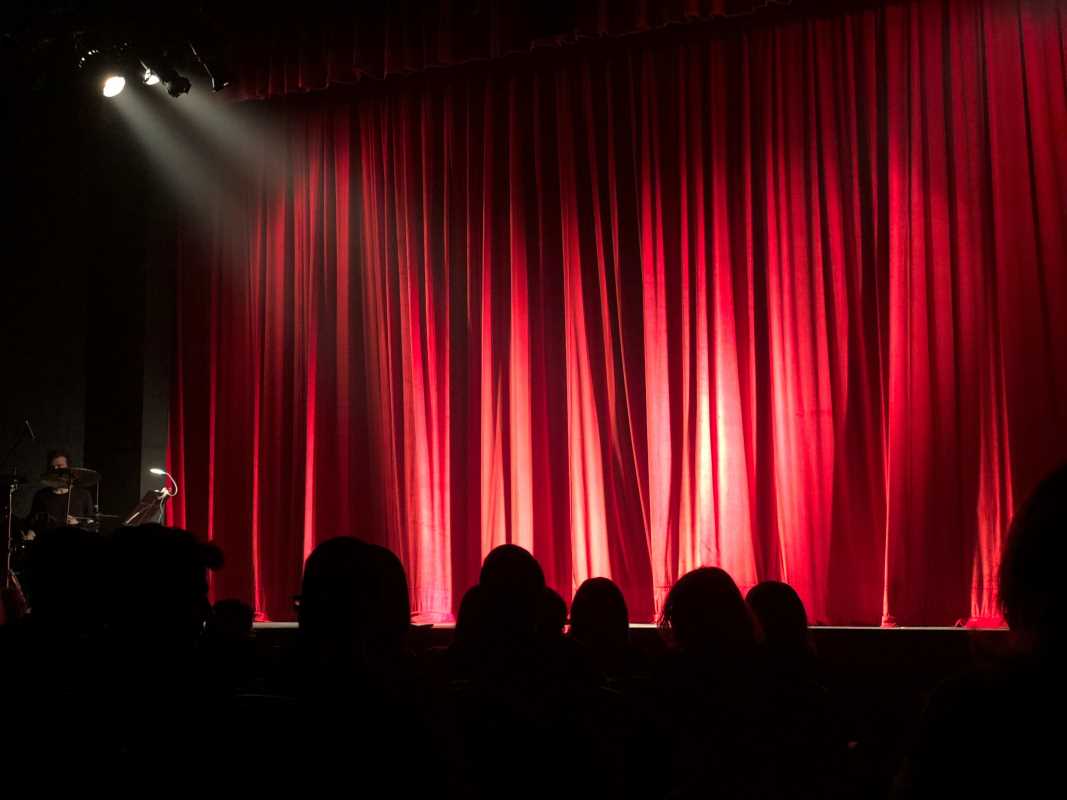 (Image via
(Image via